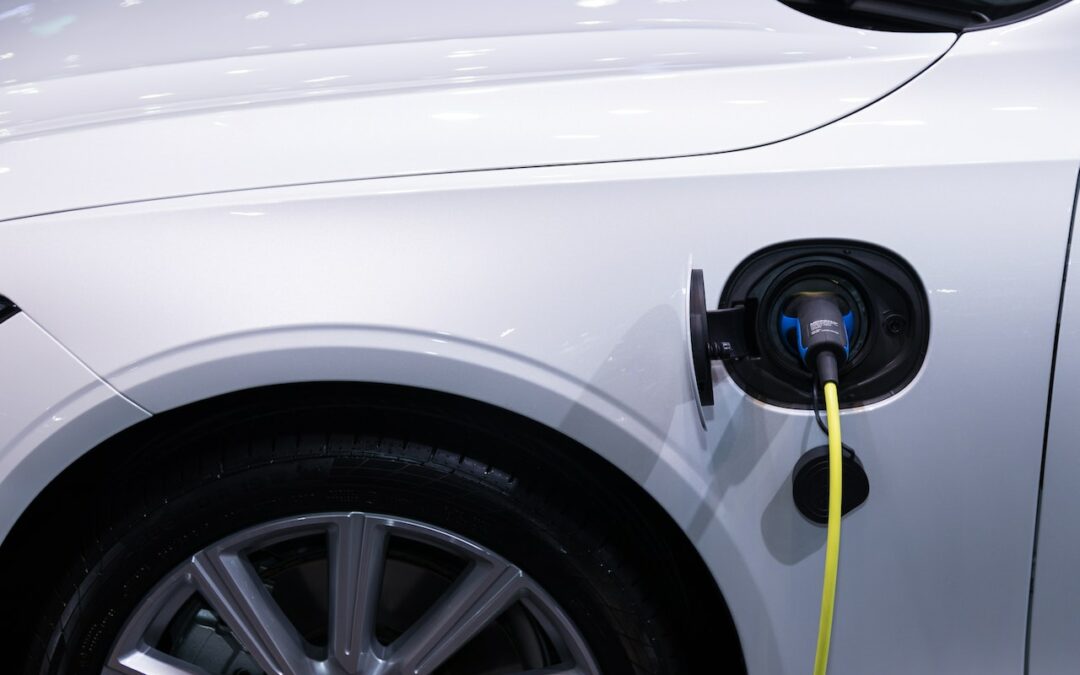
Accessible Data Makes Renewable Energy Projects Possible Worldwide
Accessible Data Makes Renewable Energy Projects Possible Worldwide
jschoshinski
Thu, 11/14/2024 – 18:52
High fidelity, publicly available data is essential for mobilizing clean energy investment and informing renewable energy policy and deployment decisions, but access to this data is a critical barrier for many countries aiming to develop and optimize their clean energy resources. Recognizing the importance of tools that offer accessible data to inform renewable energy planning and deployment, the USAID-National Renewable Energy Laboratory (NREL) Partnership developed the Renewable Energy (RE) Data Explorer. RE Data Explorer is a publicly available geospatial analysis tool that provides free global renewable energy resource data to inform policy, investment, and deployment decisions for solar, wind, and other energy resources.
Two of the thematic days at COP29 are focused on energy and science, technology, innovation, and digitalization. RE Data Explorer is a great example of how digital technologies can play a role in promoting clean energy and addressing the climate crisis. The tool also delivers on the commitment USAID made at COP28 to make investments that will “support technical assistance programs and partnerships to strengthen subnational climate preparedness.”
The use of USAID-NREL public data in Tanzania, available on RE Data Explorer, offers a direct example of the impact of accessible data on the implementation of renewable energy projects. Tanzania is working to accelerate the deployment of renewable energy and decarbonize its grid, aiming for 30-35 percent emissions reduction by 2030. A major challenge to pursuing this goal is the lack of reliable, long-term renewable energy resource data for project planning.
NextGen Solar, a private sector partner of USAID Power Africa, used USAID-NREL data specific to Tanzania to support the development of its renewable energy projects in the country. The company, which specializes in building and operating utility-scale solar photovoltaic (PV) power plants in sub-Saharan Africa and small island nations, utilized USAID-NREL public data to develop the world’s largest PV-hybrid solar mini grid in rural Kigoma, Tanzania. USAID-NREL public data enabled NextGen Solar to perform technical feasibility studies to forecast electricity generation in an area previously lacking reliable, affordable power. Thanks to this reliable data and analysis, NextGen Solar was able to mobilize $6 million in investment to build the plant. This 5-megawatt (MW) plant has now been in commercial operation for over 3.5 years and supplies electricity to over 65,000 homes, the region’s largest hospital, and three schools. It has also helped the Government of Tanzania save an estimated $2.2 million annually while reducing carbon emissions and demonstrating the viability of utility-scale solar power to sub-Saharan Africa.
The application of USAID-NREL public data in Ukraine is another example of how open data can drive the mobilization of clean energy projects. Planners and developers in Ukraine are looking to incorporate more renewable energy, particularly wind and solar, as the country rebuilds its grid and searches for new means to become less dependent on foreign resources. Like Tanzania, a barrier for Ukraine was the lack of accessible, high-quality data on its wind and solar output capabilities. USAID-NREL is helping Ukraine overcome this barrier through new high-resolution solar time series data accessible on RE Data Explorer, which will help Ukraine meet the needs of stakeholders in the energy sector across the national government, academia, and private industry.
“[USAID-NREL public data] really helps with planning and understanding where the resources are—where it is most cost effective to build distributed resources that will help to decentralize the grid.”
NREL’s Ukraine program lead, Ilya Chernyakhovskiy
To better understand the broad impact of RE Data Explorer, a 2024 NREL survey gathered insights from respondents on how they applied this data in real-world scenarios. Overall, respondents reported evaluating and planning over 111,000 MWs of solar and wind projects, with a potential investment of over $6.5 billion. End-users also reported over 1,600 MWs of solar and wind energy with over $1 billion in investment that has been approved and financed. For context, according to the Solar Energy Industries Association (SEIA), 1,600 MWs would power approximately 275,200 average U.S. homes and 111,000 MWs would power approximately 19.1 million.
One particular real-world example provided by the survey came from a respondent from climate tech startup Ureca who shared that their company pursued a .3MW solar project in Mongolia that was approved and financed. Ureca’s project “focuses on small PV systems for households in Mongolia that currently use raw coal for heating.” This initiative, called Coal-to-Solar, is now helping low-income families transition from coal to renewable energy in Ulaanbaatar, Mongolia—the coldest capital in the world—as part of a Just Energy Transition pilot aimed at reducing reliance on coal.
The outcomes of these projects also highlight how USAID and NREL are working together to implement USAID’s 2022-2030 Climate Strategy. In accordance with the plan’s strategic objective, “Targeted Direct Action: Accelerate and scale targeted climate actions,” projects informed by USAID-NREL public data in Tanzania, Ukraine, and Mongolia employed context-sensitive approaches to “support climate change mitigation and adaptation efforts in critical geographies, [and] mobilize increased finance.” Furthermore, USAID and NREL’s work focused on accessible data supported Intermediate Result 1.1 in the plan, which aims to “catalyze urgent mitigation (emissions reductions and sequestration) from energy, land use, and other key sources.”
From accelerating Tanzania’s clean energy transition, to aiding Ukraine’s rebuilding efforts, to enabling clean energy projects across the world, USAID-NREL public data is helping users and local communities reduce greenhouse gas emissions, promote sustainable development, and pave the way for a cleaner, more resilient future.
For more information about RE Data Explorer, watch this video. To learn more about how high-resolution solar data is enabling energy expansion across two continents, read this NREL article.
Teaser Text
USAID-NREL’s RE Data Explorer is a great example of how digital technologies can play a role in promoting clean energy and addressing the climate crisis.
Publish Date
Thu, 11/14/2024 – 12:00
Author(s)
Emily Kolm
Hero Image
South View of Solar Plant.jpg
Blog Type
Blog Post
Strategic Objective
Mitigation
Region
Global
Topic
Emissions
Low Emission Development
Climate Policy
Climate Strategy
Climate Strategy Implementation
Digital technology
Energy
Clean or Renewable Energy
Grid Integration
Geospatial
Locally-Led Development
Mitigation
Partnership
Rural
Country
Tanzania
Ukraine
Sectors
Energy
Projects
USAID-NREL Partnership
Show Download Link
Off




